
|
|
|
|
|
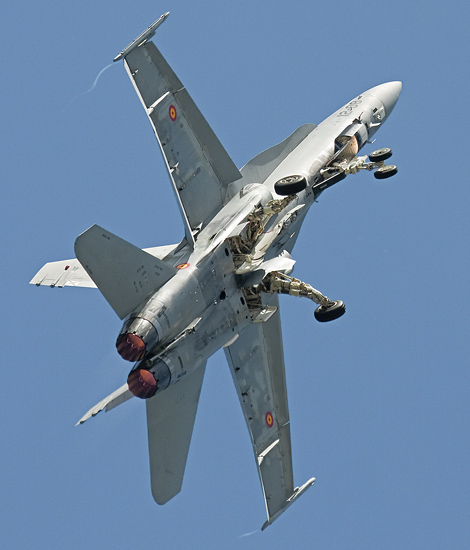
|
The Arrival at the Molenheide; Gilze-Rijen, June 17, 2010
A Century of Dutch Aviation I; Text and Photograph's by Alex van Noye
On Thursday, June 17, 2010, I was present at the arrival day of the Open House of the Royal Netherlands Air Force.
The theme of this year Open House of the Dutch air force is celebrating a century of Dutch aviation. It is a nice moment
to look back at the history of Gilze-Rijen air base and the history of the Royal Netherlands Air Force.
Gilze-Rijen airbase is the largest military airbase in area in the Netherlands. Because of this fact it is a major
employer in the region. There are over 1500 people who are working at this large base. The airfield is located on the
former Molenheide. In the old days there was a mill located here which was burned in 1888. The military usage of this
area began in 1831 when King Willem I started to use this area as venue for his troops to prepare them for the Ten Day
Field Campaign. The new military area at that time was called "Kamp Rijen". Dolk and Van Voss from Etten-Leur were the
directors of the companies “Heerma & Van Voss” and they wanted to organize something special to celebrate the fortieth
anniversary of the sugar factory in the city of Breda. They wanted to see a plane taking off for the first time in the
Netherlands, which was very special in those days. They asked the French Count De Lambert to come over with his Wright
Flyer. He took off with this aircraft on Sunday, June 27, 1909 from the Bergse Heide. This event led to the creation
of the First Dutch Aviation Society. The Molenheide became the first airport in the Netherlands in 1910 when it opened
its flying school. The airport was initially opened for civilian traffic, but since 1913 the field was also used for
military purposes. In the twenties and thirties, there was civil activity on the nearby Nerhoven which is located east
of Gilze-Rijen. During the mobilization in 1939 this field was also ceded by the army. They ruined the airfield to prevent
usage of it by the Germans.
During the Second World War, Gilze-Rijen airbase was converted into one of the largest in Europe by the Germans. The
region around the base was therefore frequently hit by bombs of the Allies. The Germans also established a fake airbase
to confuse the allied bombers. This field was located at the Kiek. The Germans called this field Kamerun. It was located
between Alphen en Riel. After the liberation in 1945, Gilze-Rijen became in 1946 a basic training base of the former
Commando Luchtvaart
|
|
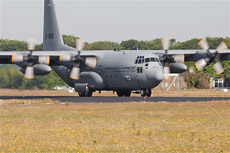
|
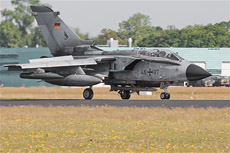
|
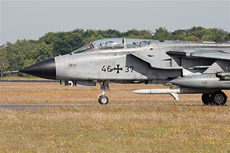
|
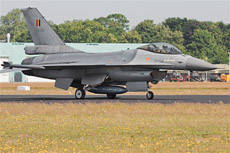
|
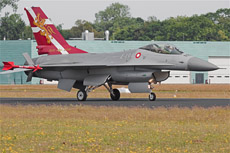
|
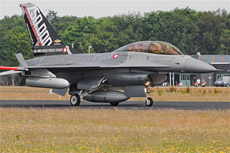
|

|
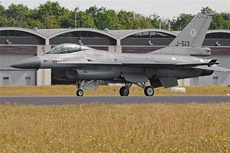
|
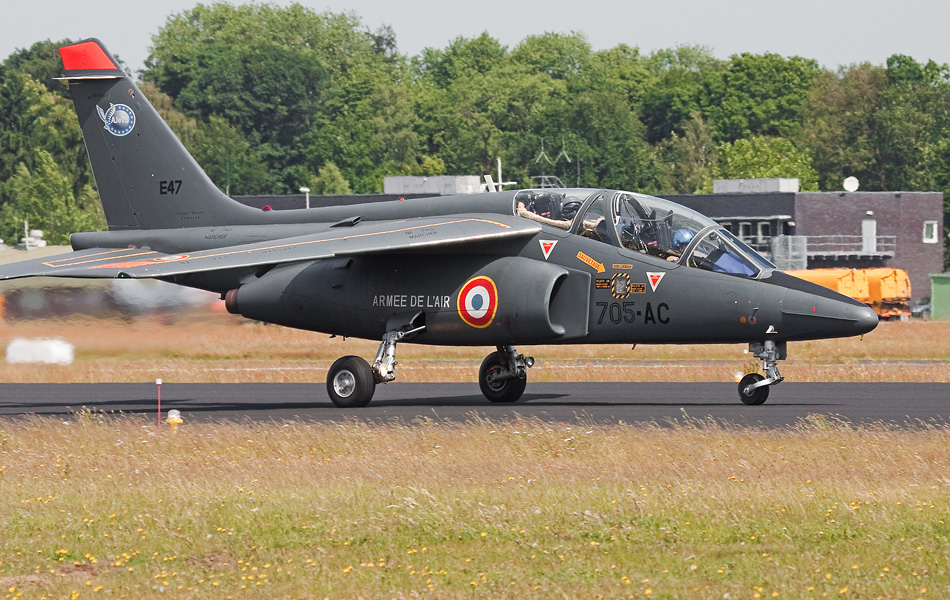
|
Opleidingen (CLO). Pilots and controllers were trained at this school. The school disappeared in 1962 and the airbase
remained as a reserve base for the Commando Tactische Luchtstrijdkrachten (CTL). Also a logistics component was established,
namely the Depot Vliegtuig Materieel (DTM). From 1966 the base includes a few departments, namely: the Depot Vliegtuig
Materieel (DTM), the Explosieven Opruimingsdienst (EOD), the Luchtmacht Selectie Orgaan (LUSO) where the testing and
selection for future professional and conscript took place, the Luchtmacht Officiers en Kader School (LOKS) and finally
the Voortgezette Instructie en Militaire Opleidingen School (VIMOS). One year later the First Pilot Training School for
light aviation, the Eerste Vlieger Opleiding (EVO), was based at Gilze-Rijen. All these departments disappeared from
Gilze-Rijen in 1972 when one of the two squadrons with the Northrop F-5 Freedom Fighter came temporarily from Eindhoven
to Gilze-Rijen. At that time the base was equipped with a new runway, control tower and concrete aircraft shelters.
The no 314 Squadron moved permanently to Gilze-Rijen in 1985. The unit exchanged the NF-5 for the F-16 in 1990. Because
of further cuts in the early nineties, the base was again reorganized. The no 314 Squadron at Gilze-Rijen was disbanded
in 1995 together with no 316 Squadron at Eindhoven. Afterwards, the Tactical Helicopter Group Koninklijke Luchtmacht
(THGKlu) was based at Gilze-Rijen. Gilze-Rijen is nowadays the biggest helicopter base in the Netherlands and the THGKlu
is renamed to Defense Helicopter Command (DHC).
I had to report myself at the gate near Molenschot at 8 AM for the arrivals day at Gilze-Rijen. The air force allowed us
to see the incoming aircraft for the annual Dutch air show on base. There was a group of four hundred people invited by
the air force to photograph the incoming planes. We were transported by bus from the gate to our spot along the main runway.
The area for us was located just east off the second runway which crosses the main runway. This was a tactical spot, because
all planes would cross the runway at this point towards the static line. The first aircraft were in the approach after thirty
minutes of waiting. The first aircraft reported for landing. The first participants who arrived for the Open House were the
transport aircraft. It would not take long before the first fighters came in for landing. The first fighter which landed
was a German Tornado ECR from Lechfeld Germany. Most aircraft arrived in the early hours of the day and the airbase was
already pretty full with aircraft. There were many F-16’s present at Gilze-Rijen, such as: two Belgian F-16’s, two Danish
F-16’s and two Norwegian F-16’s. It almost looked like an F-16 meet with all these F-16’s of different air forces.
Fortunately, there were other aircraft as well, such as the Slovakian L-39's and the French Alpha-Jets.
After a big wave of arrivals, a few aircraft started to practice their demo. One of these participants was the C-17 of
the United States Air Force. For me it was the first time I saw a demo of this big aircraft and it was a great demo. I
must say it was a very impressive demo. This gigantic aircraft is able to fly very slowly and it is able to make some
very tight turns. There were also many helicopters that arrived today. One of my main goals was the Austrian Blackhawk.
Unfortunately, I was not able to see this helicopter because they all directly landed on the static. This was a
disappointment for a helicopter enthusiast like me. But fortunately there was plenty to do at the runway. Another
main goal of my trip was the arrival of the Polish Su-22 Fitter and Polish MiG-29 Fulcrum. These two relatively exotic
aircraft arrived in the afternoon and both aircraft used at their landing parachutes. Besides the normal military aircraft
were also the usual demo teams such as the Patrouille de France with their Alpha-Jets. It promised to be a couple of
interesting days at Gilze-Rijen during the Open House. After a hot and successful day, I went home to prepare myself for
the upcoming days.
|
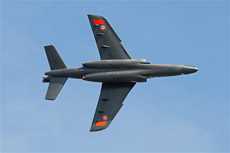
|
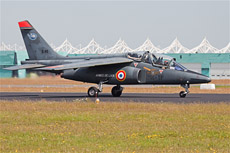
|
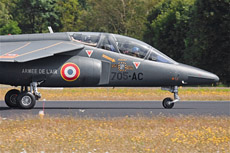
|
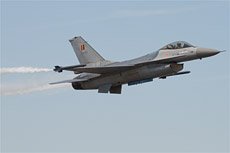
|
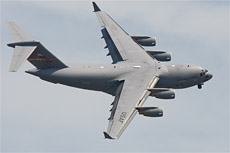
|
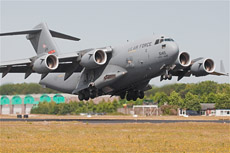
|
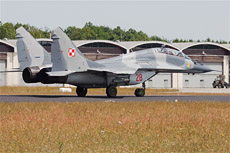
|
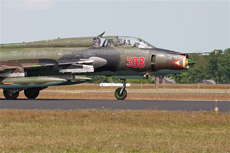
|
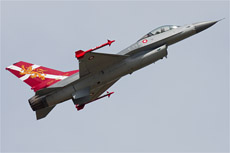
|
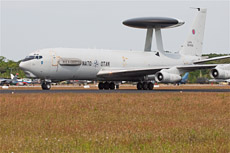
|
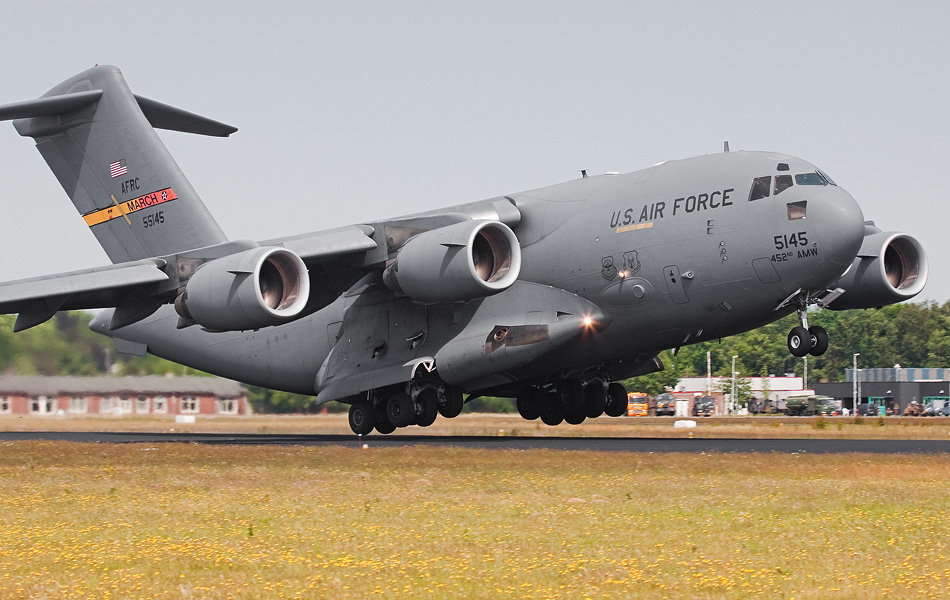
|
|
|

|







